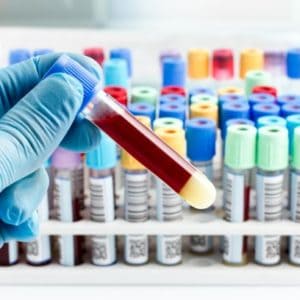Researchers are looking at the years and sometimes decades before patients are diagnosed with multiple sclerosis to find a biomarker that predicts the disease development. One area being researched is a marker in the blood called neurofilament light. How Early Does MS Begin, a blog post on Momentum, the blog for The National MS Society, describes this work. The vision for COLS is to create a “warehouse” of information that researchers could probe for these answers without having to create their own database.
View Article










